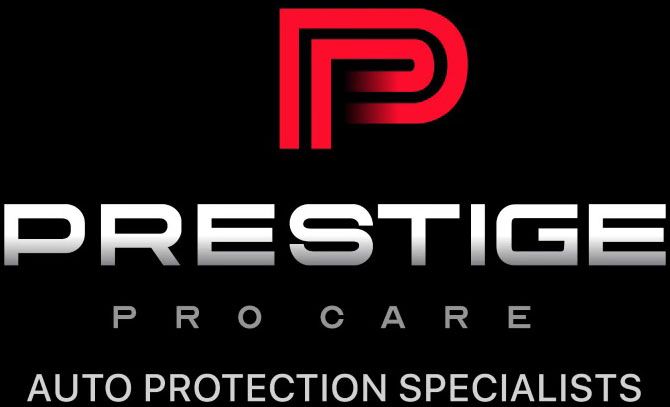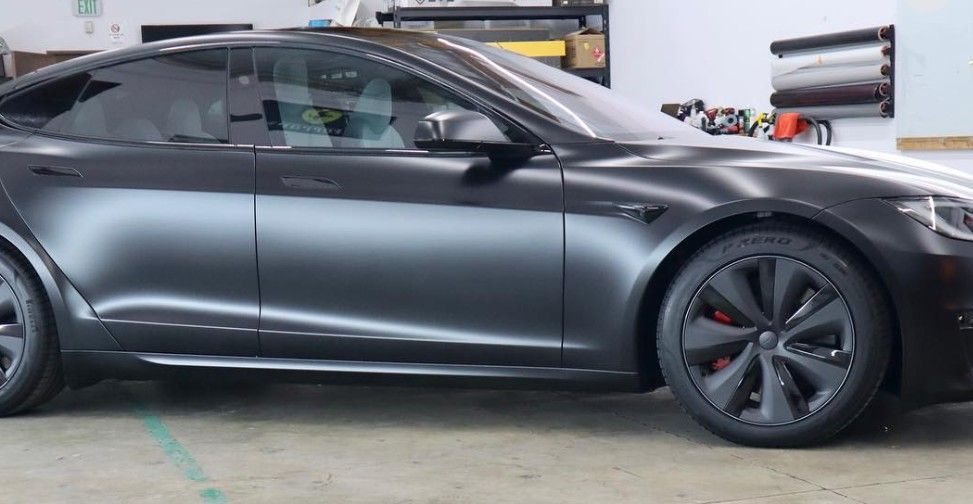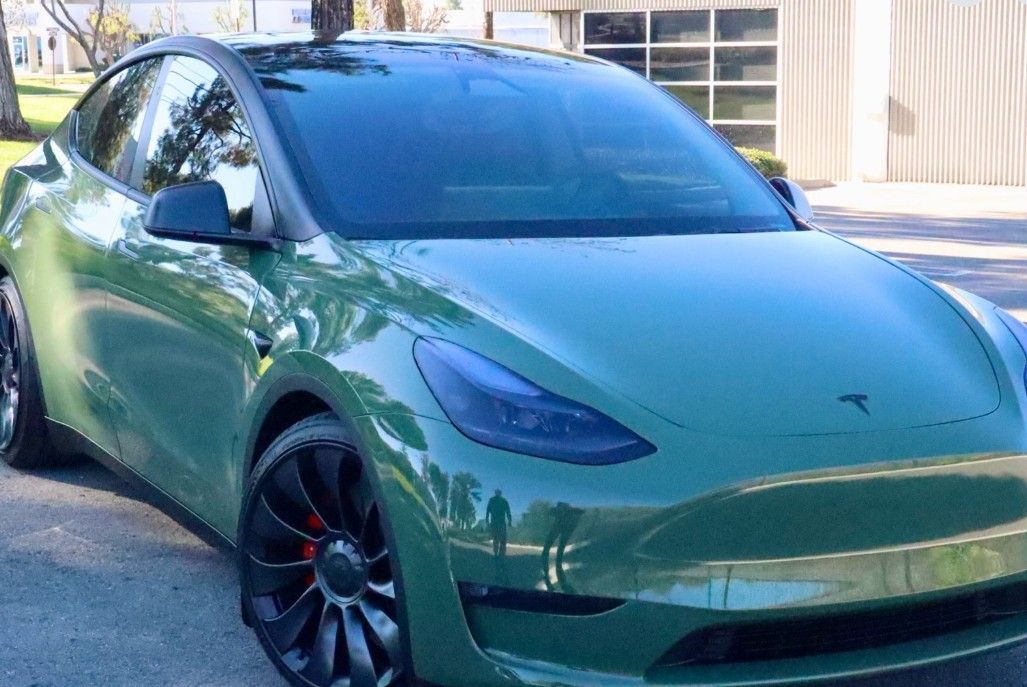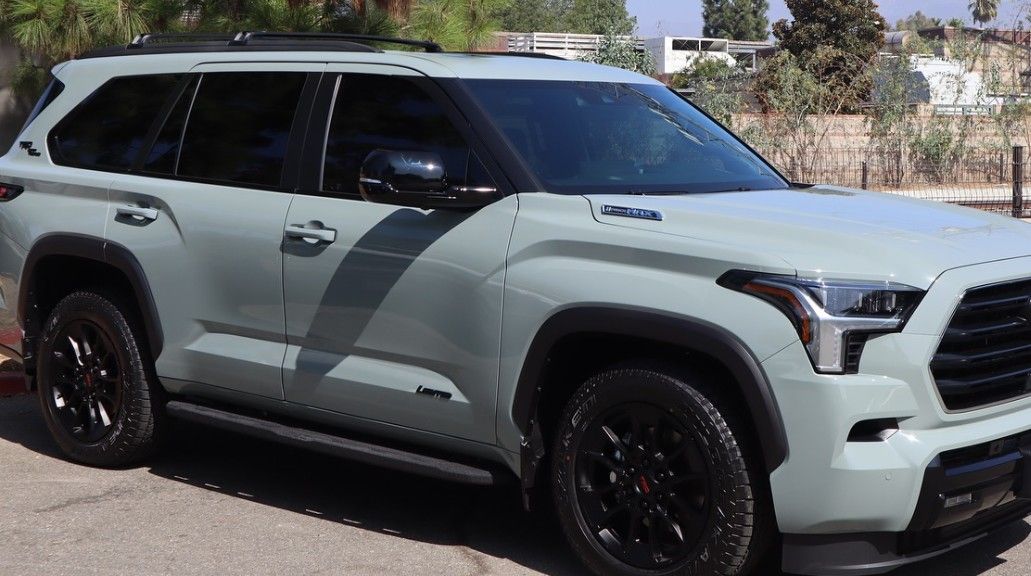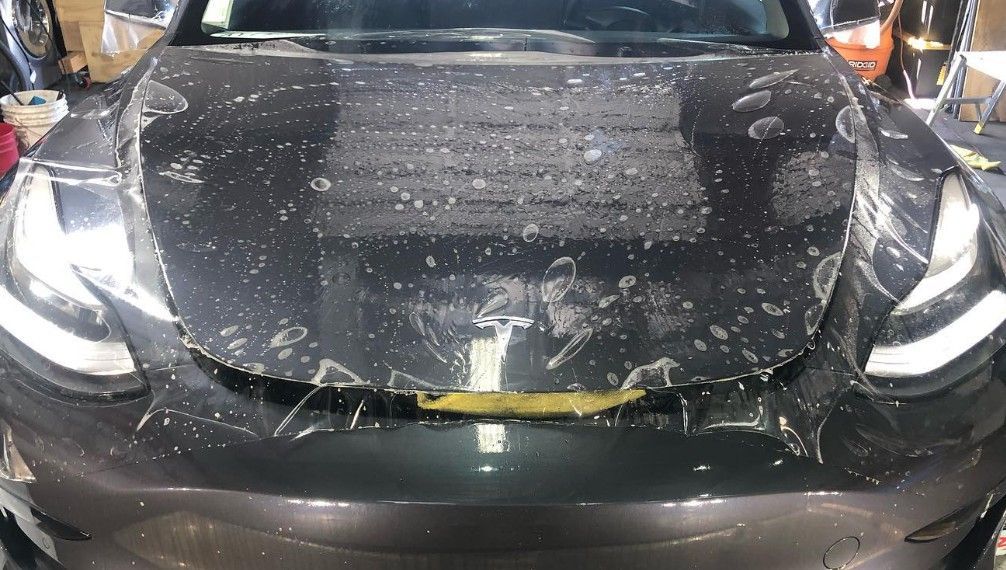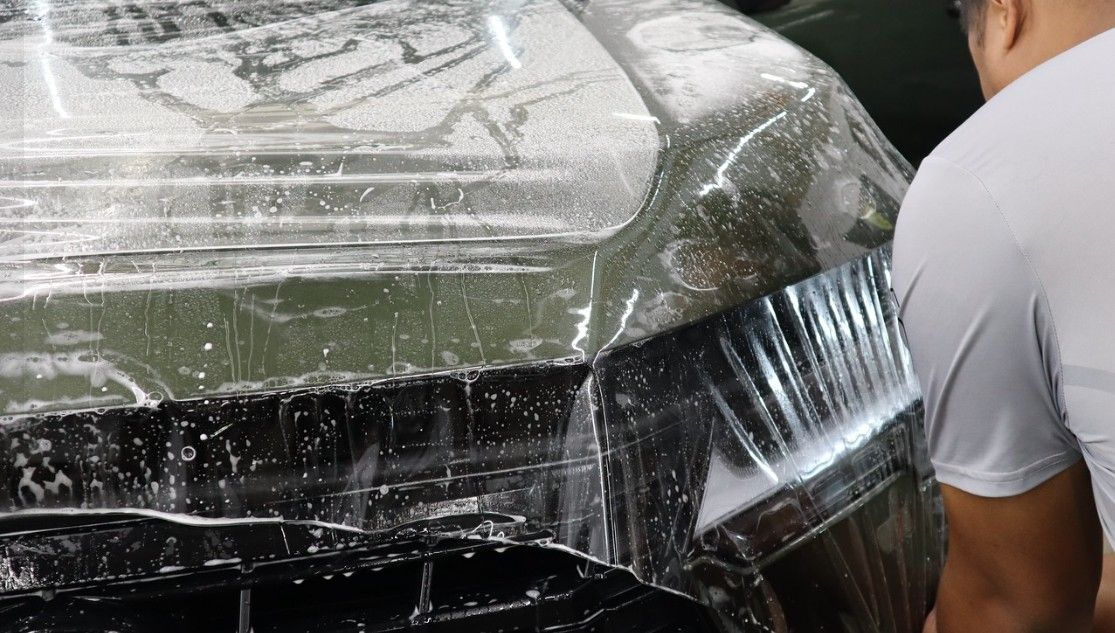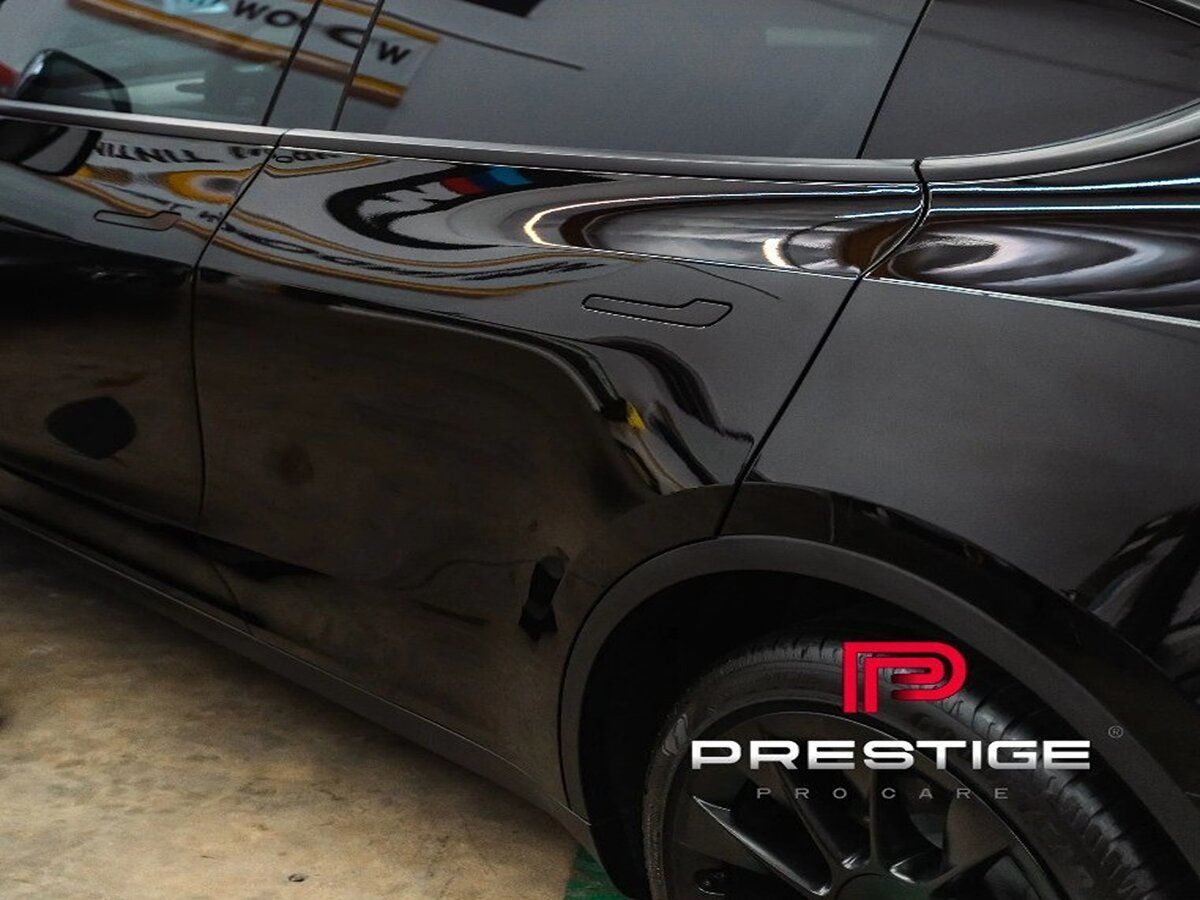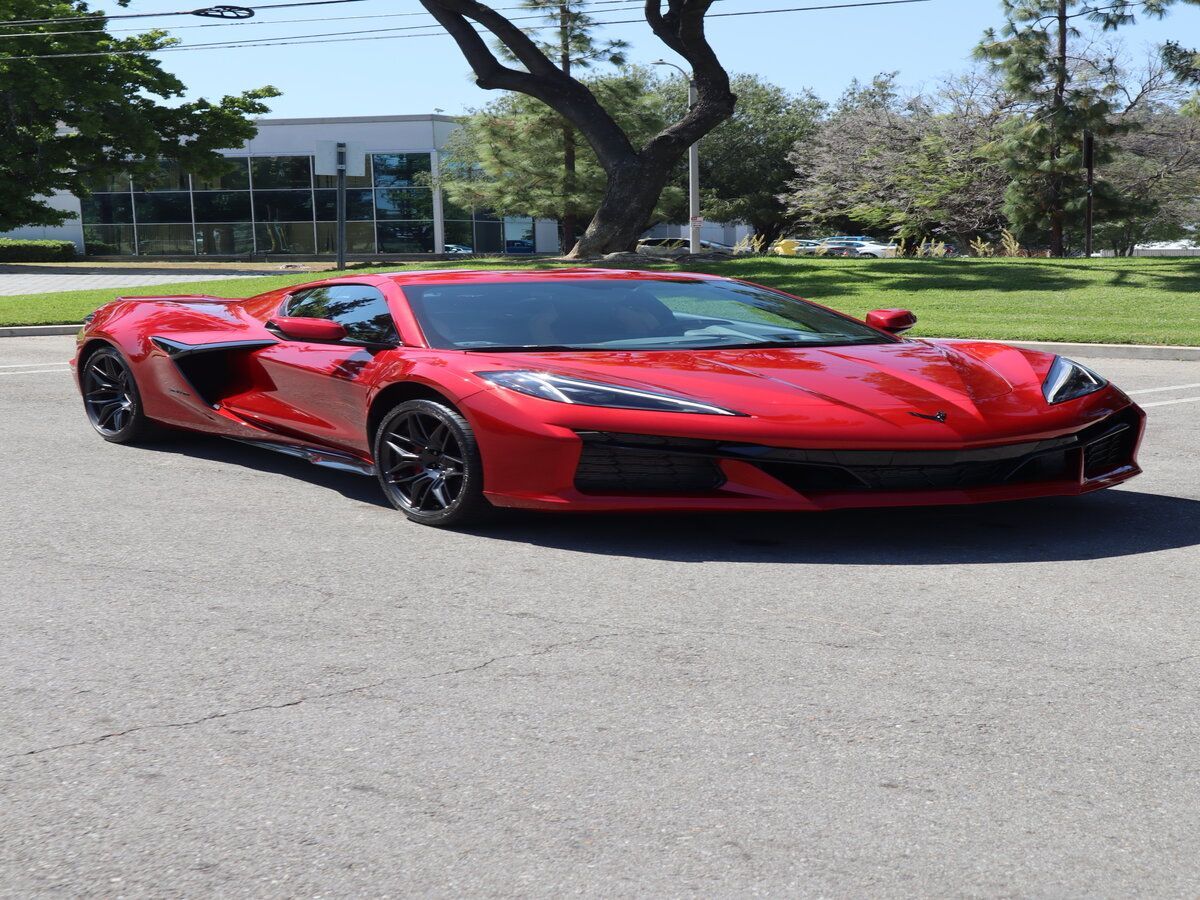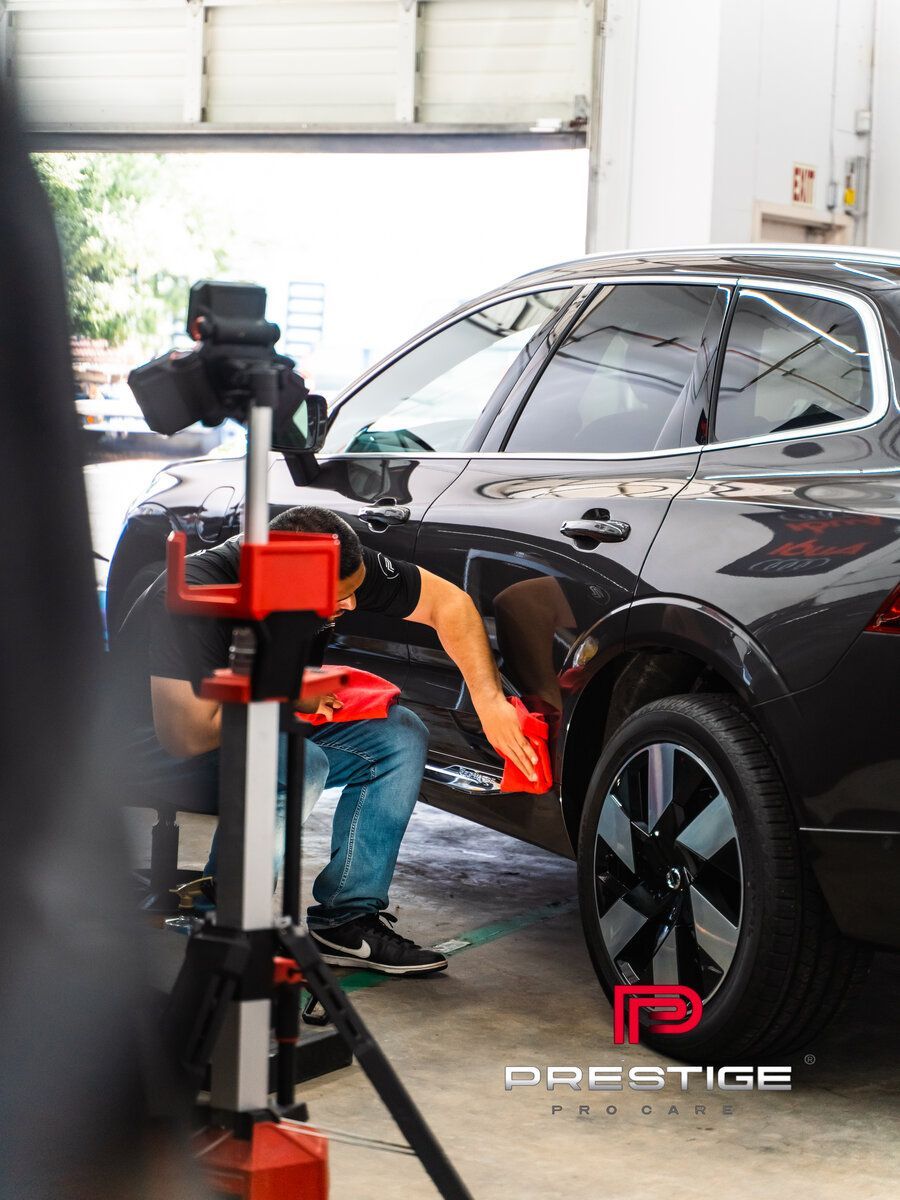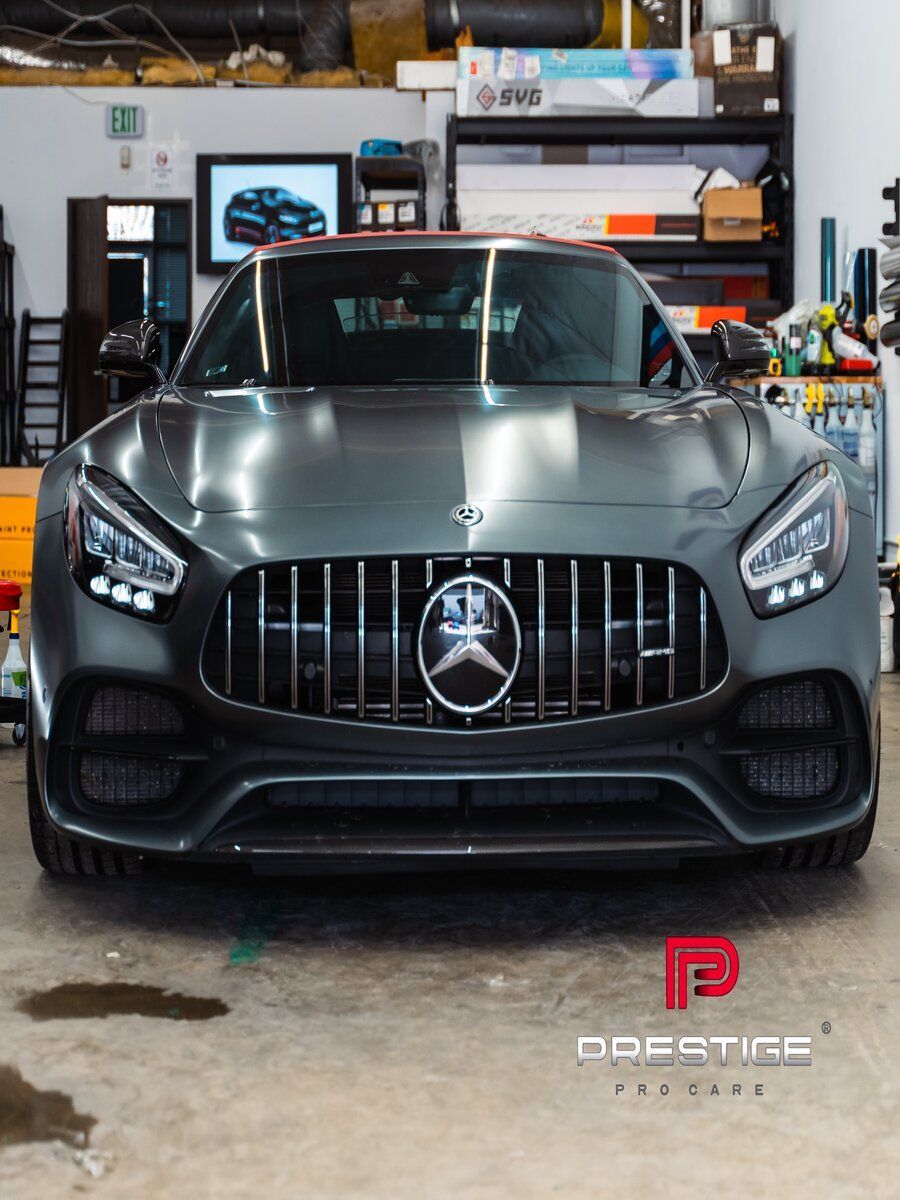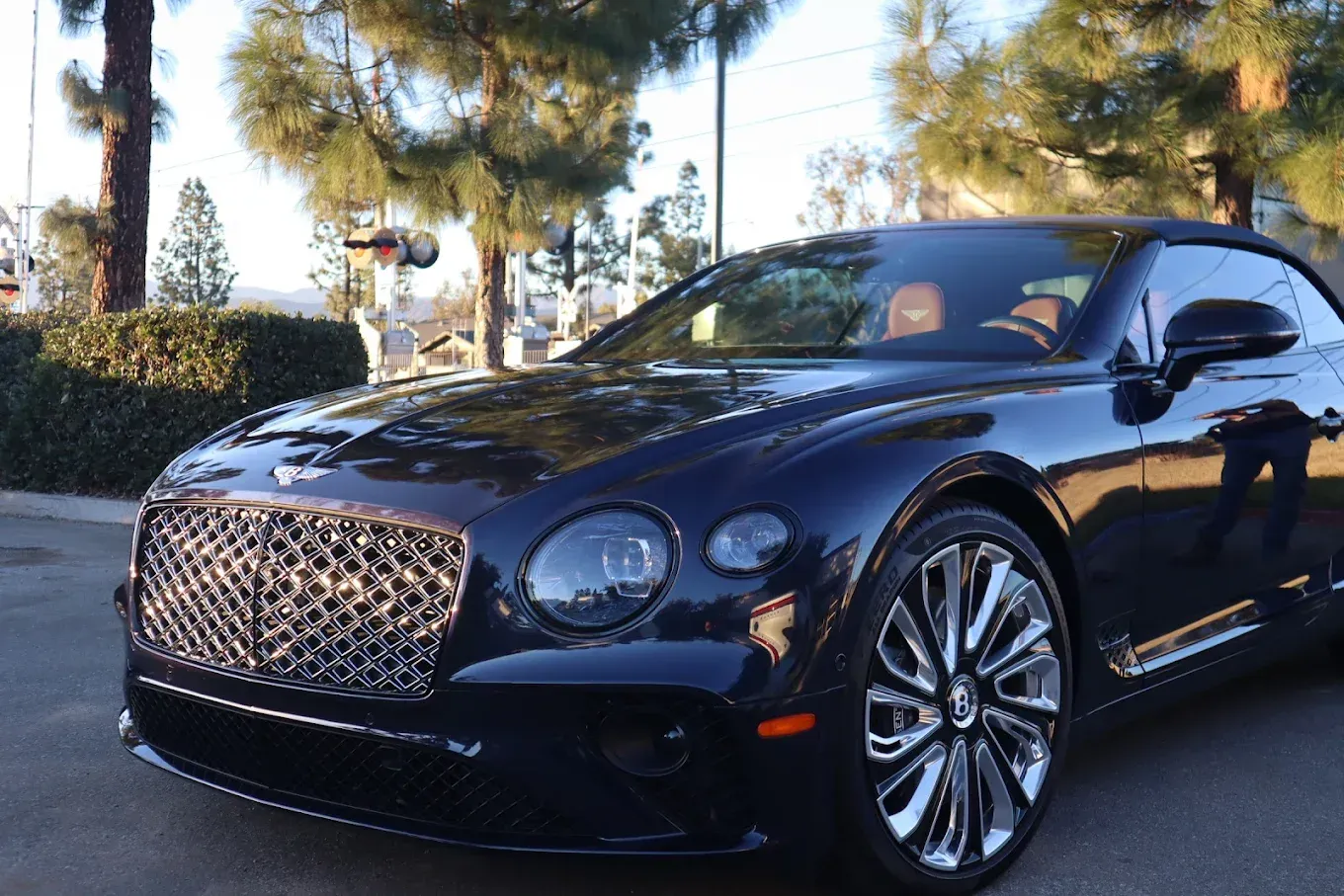How Much Does Paint Protection Film Cost? Understanding Your Investment
CALL (626) 488-1898
GET A QUOTEAt Prestige Pro Care, we understand that your vehicle is more than just a mode of transportation; it’s an investment. Keeping it in pristine condition not only maintains its aesthetic appeal but also protects its value over time. One of the most effective ways to safeguard your car’s exterior is by applying Paint Protection Film (PPF). In this guide, we’ll break down the cost of PPF, what factors affect pricing, and how to choose the right protection for your vehicle. Whether you're a car enthusiast or someone looking to preserve the longevity of your car, understanding PPF costs will help you make a more informed decision.
1. Why Knowing PPF Cost Helps You Make Better Decisions About Vehicle Protection
Understanding the cost of paint protection film (PPF) is crucial for making the right decision when it comes to vehicle protection. PPF is an investment that keeps your vehicle’s paint safe from road debris, rock chips, and environmental elements. By knowing the cost breakdown, you can budget accordingly and choose the best option that fits your needs. Whether you're considering full coverage for your entire vehicle or focusing on high-risk areas like the hood and front bumper, knowing the cost will help you make an informed decision about how much protection you need and which option aligns with your budget.
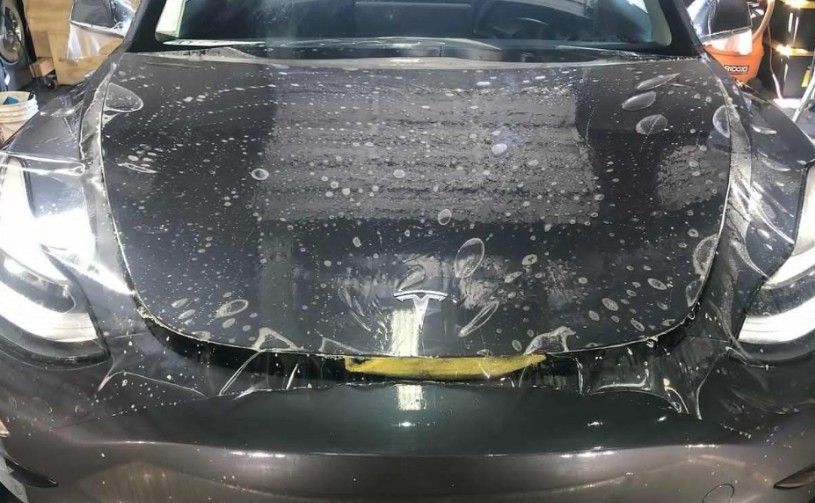
2. Different Types of PPF (Self-Healing, Matte, Gloss, etc.)
There are several types of Paint Protection Film, and the cost can vary significantly based on the film you choose. Understanding these options can help you choose the right one for your car’s protection needs.
- Self-Healing PPF: This high-tech film has a remarkable ability to repair light scratches and swirl marks. The
self-healing properties make it an ideal choice for cars that are regularly exposed to rough driving conditions. While it’s typically more expensive than standard films, it offers long-term benefits by maintaining a smooth finish over time.
- Matte PPF: Matte films provide a sleek, non-glossy finish that’s perfect for vehicles with matte paint jobs or owners looking to maintain a unique appearance. While it offers great protection, matte PPF tends to cost more due to the specialized finish.
- Gloss PPF: Gloss films offer the traditional shiny look that enhances your vehicle’s paint while providing superior protection against scratches, contaminants, and UV rays. The cost of
gloss PPF is generally lower than self-healing films but still provides high-quality protection.
Each type of film offers unique benefits, and the cost of PPF can depend on the type you choose. It’s essential to match the type of film with both your vehicle’s needs and your budget.
3. How PPF Works: What Does It Protect Your Vehicle From?
Paint Protection Film is a clear, durable polyurethane layer applied to the vehicle’s paint to protect it from damage. Once installed, PPF acts as a barrier against a variety of harmful elements:
- Rock chips and road debris: PPF is designed to absorb impact from rocks, gravel, and other road debris that could otherwise chip and damage your car’s paint.
- Scratches and abrasions: The film creates a tough surface that resists light scratches, preventing marks from marring your vehicle's finish.
- UV damage: PPF protects against the sun’s harmful UV rays, preventing your vehicle’s paint from fading over time.
- Bird droppings, sap, and tar: PPF is resistant to harsh environmental contaminants, making it easier to clean your vehicle and maintain its shine.
By installing PPF, you’re proactively protecting your vehicle’s paint from costly damage, ensuring it maintains its value for years to come.
4. How Much Does Paint Protection Film Cost? Breaking Down the Numbers
The cost of paint protection film can vary depending on several factors. Understanding these elements will give you a clearer picture of how much you should expect to pay.
Please note that the prices mentioned here are just estimated ranges and may vary depending on real-time factors such as film brand, installer location, and any promotions or additional services. These estimates are provided to give you a general idea of potential costs.
Overview of Average Cost Ranges for PPF
The cost of PPF typically ranges from $400 to $5,000, depending on various factors such as vehicle size, film quality, and coverage. For a small vehicle, you can expect to pay around $400 to $1,000 for basic protection, while larger vehicles like SUVs and trucks may cost between $1,000 to $4,000. Full vehicle coverage can go as high as $5,000 or more.
Cost Based on Vehicle Size
- Small Cars: For a compact car, the cost for basic PPF installation on key areas (e.g., hood, bumper) usually starts at
$400 to $1,000.
- SUVs: Mid-size vehicles like SUVs may see costs ranging from
$1,000 to $2,500 for full front-end coverage and up to
$4,000 for full coverage.
- Trucks: Larger trucks can range from
$1,500 to $4,500 for front-end protection and go as high as
$5,000 or more for full coverage.
Factors Affecting Cost
- Film Quality (Standard vs. Premium): Premium films, such as
self-healing or ceramic-infused PPF, typically cost more due to their advanced protective properties.
- Full Vehicle vs. Partial Coverage: The more areas you cover, the higher the cost. Full vehicle coverage can cost significantly more than partial coverage (e.g., front end, mirrors, or high-risk areas).
- Installation Complexity and Labor Costs: The complexity of the installation process, the level of customization, and labor rates can all affect the final cost. Higher-end installations may take more time, which will drive up the labor costs.
Typical PPF Packages and What’s Included
- Full Front-End Protection: Covers the hood, front bumper, side mirrors, and fenders.
- Full Vehicle Coverage: Protects the entire vehicle, including doors, roof, and rear bumper.
- Custom Installations: Tailored to your needs, which may include additional areas like door handles or rocker panels.
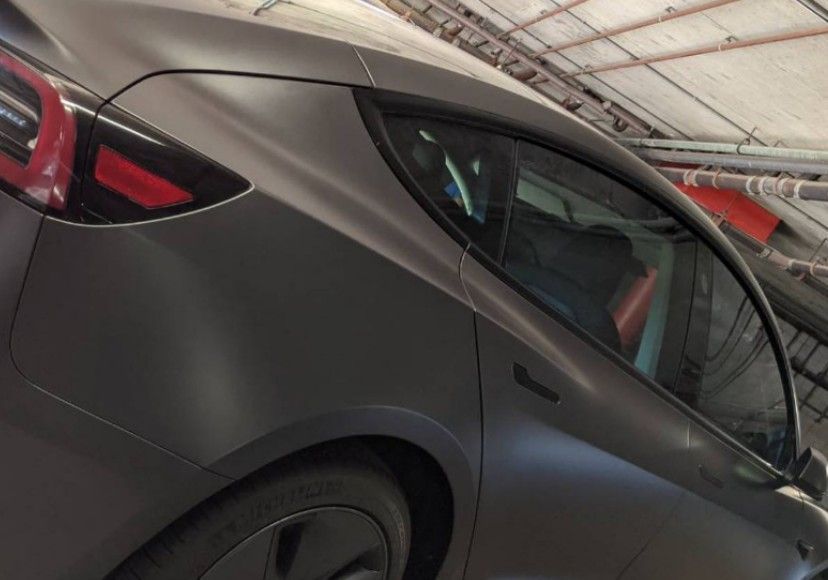
5. Where is Paint Protection Film Applied?
Paint Protection Film is most commonly applied to areas of your vehicle that are most vulnerable to damage. These areas include:
- Hood and Front Bumper: The front of the car is most susceptible to rock chips and road debris. PPF on the hood and bumper prevents these impacts from damaging the paint.
- Side Mirrors: Since mirrors are exposed to scratches and abrasions, applying PPF here ensures they stay protected.
- Fenders and Wheel Arches: These areas can also be prone to chips, especially if your car is driven on rougher roads.
PPF is often applied to the full front-end of vehicles but can also be customized based on the areas you want to protect.
6. Total Cost of Ownership: Cost of PPF vs. Regular Waxing, Paint Correction, and Repairs
While Paint Protection Film may have a higher initial cost than regular waxing or paint correction, the long-term benefits make it a worthwhile investment.
- Regular Waxing: While waxing your car regularly is an essential part of car maintenance, it only provides temporary protection. Waxing needs to be repeated every few months, and it doesn’t offer the same level of
protection from rock chips or scratches as PPF does.
- Paint Correction: If your vehicle’s paint is already damaged, you’ll need
paint correction, which can be an expensive service. PPF helps prevent such issues, saving you money on repairs.
- Repairs: The cost of repairing paint damage caused by chips, scratches, or UV damage can quickly add up. By investing in PPF, you avoid costly repairs down the line.
7. How to Choose a Trusted PPF Installer: Questions to Ask and Things to Look For
When selecting a PPF installer, it’s important to choose a reputable and experienced professional to ensure a proper installation that provides maximum protection. Here’s what you should look for:
- Experience and Reputation: Choose an installer with a proven track record of successful PPF applications. Look for customer reviews and testimonials to gauge their expertise.
- Certified Installers: Many high-quality PPF films, like
XPEL, require certified installers. Make sure the installer you choose is authorized to work with the brand of film you want.
- Warranty: A trusted installer will offer a warranty on their work. This ensures you’re covered in case any issues arise after installation.
- Customer Service: A good installer will be happy to answer any questions you have about the installation process, maintenance, and the benefits of PPF.
At Prestige Pro Care, we pride ourselves on being a trusted PPF installer with years of experience and a dedication to delivering superior quality and customer satisfaction. Let us help you protect your vehicle with a premium Paint Protection Film that suits your needs and budget.
Conclusion
Investing in Paint Protection Film is one of the most effective ways to preserve the appearance and value of your vehicle. By understanding the cost factors and types of PPF, you can make a smart decision that fits your budget and protection needs. At Prestige Pro Care, we offer a range of PPF options to suit different vehicle types and protection requirements, ensuring your car stays in top condition for years to come. Ready to protect your vehicle? Contact us today for a consultation or to get an accurate cost estimate for Paint Protection Film tailored to your needs!
